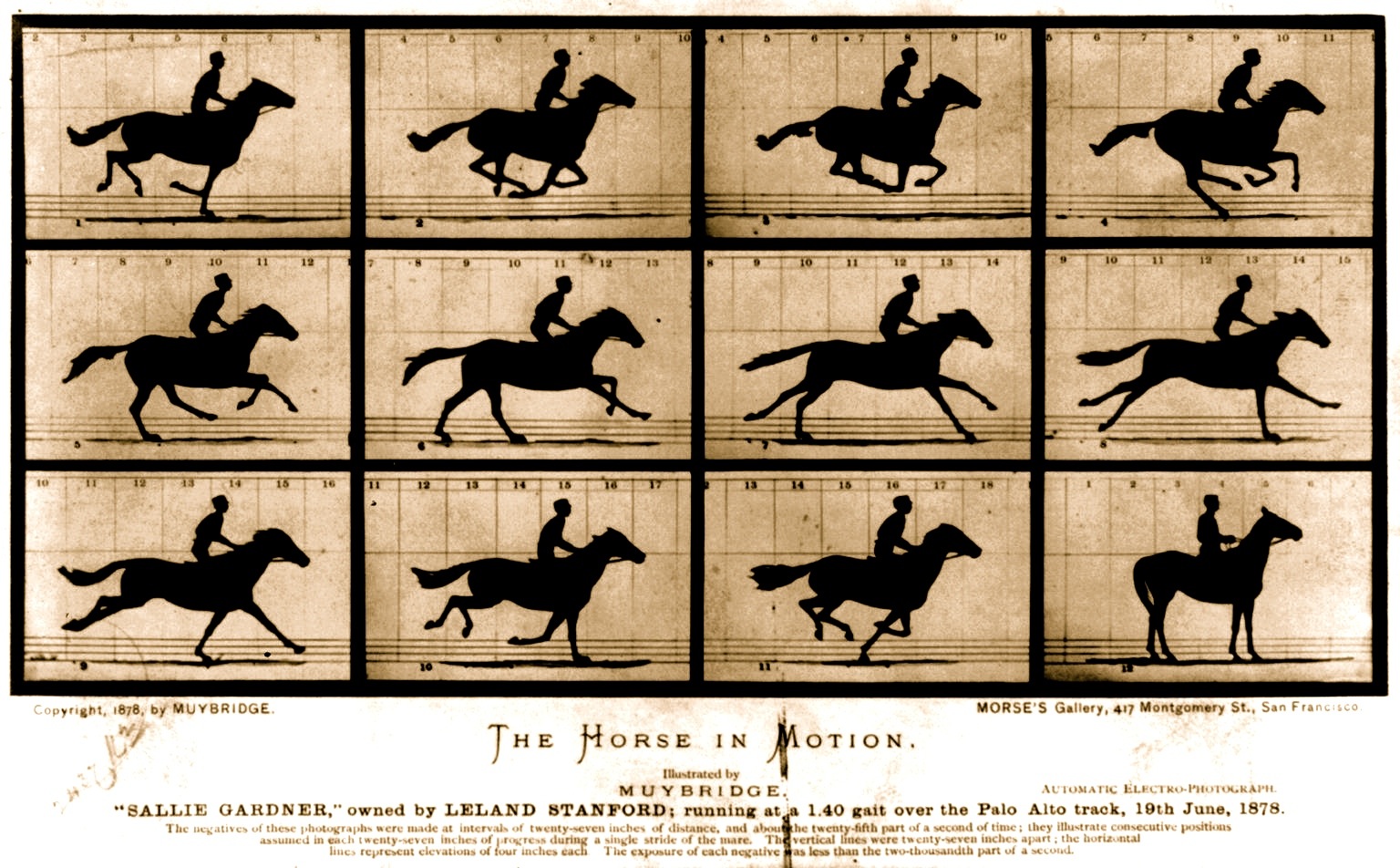If you were lost at sea, would you send your distress signal once?
I watched a man move two chairs off a truck. He maneuvered his way through the glass doors of a cafe, around the sign welcoming patrons, down the hall and out of sight. He came back empty handed and headed out to the truck where he used the same patient, methodical movements to take two more chairs into the cafe. He did this 12 times and I watched him the entire time from my viewpoint inside the cafe by the window. He never ran, he never hurried and his movements completely captured my attention.
My husband has watched me prepare filo pastry treats with the same concentration. My own movements have been repetitive and one would think, uninspiring and yet we watch. When someone knows their job well, the sureness of their actions captures our attention. The music of their movements speaks to their ability and although you can’t hear the music they are moving to, you can appreciate the rhythm.
I thought perhaps the attraction that comes from watching someone perform such repetitive tasks was because we enjoyed watching expertise at play. Malcolm Gladwell explained in his book, Outliers, that 10,000 hours of practice is required to become an expert at just about anything. Even if you haven’t performed a task for that long, if you have done it repeatedly, you get better at it. Except for one thing, the cognitive scientists (including the one who Malcolm references) have said that the theory is wrong or at least it does not tell the whole story of how someone becomes an expert. So why do we watch? What is it about simple repetitive acts that capture our attention?
In advocacy and in marketing, we use repetition to assure that messages are heard. It helps our audiences to process the concepts and ideas being promoted. We all process information at an automatic and unconscious level, so while we may hear the words, or see the visuals we are not necessarily taking it all in.
Think about what happens when you are driving. You move in and out of traffic, you note road signs and lights, pedestrians and cyclists, the state of the road and the temperature in the car. You are taking in a vast quantity of information. This activity is called pre-attentive processing. We see and hear but it does not interfere with the song we are singing or the story we are listening to on the radio unless we get a pre-attentive cue. A pre-attentive cue is something out of the norm or unanticipated, something that we are predisposed to respond to, like a threat. A visual pre-attentive cue is the bright red flag in a field of yellow flags.
Higher level thinking, the digesting of information happens when our brain sifts through all the content being fed to it and digests the relevant bits. Our brain will pick some things over others based on our biases. To ensure that the messages we want to be heard are heard, we can use repetition or surprise. In fact, you could say that the repetition becomes a surprise because it captures our attention, it stands out.When we repeat an idea often enough, we force others to hear it and interpret it. They can then break it down and contemplate it. Repetition allows us to understand how something works in the moment, while it is happening.
As I watched the man move the chairs I chatted with my daughter and sipped my coffee. I also wondered about why he moved so slowly, why despite the mundane nature of the job he did not hurry. I realized that by moving the chairs in a slow methodical fashion he avoided all the obstacles and made sure that he did not damage the chairs or injure himself. Repetition allowed me to compare, consider and comprehend in real time not just what he was doing but why he was doing it.
Do you find yourself watching when someone is performing a repetitive task? Have you ever used repetition to get your point across to someone?

